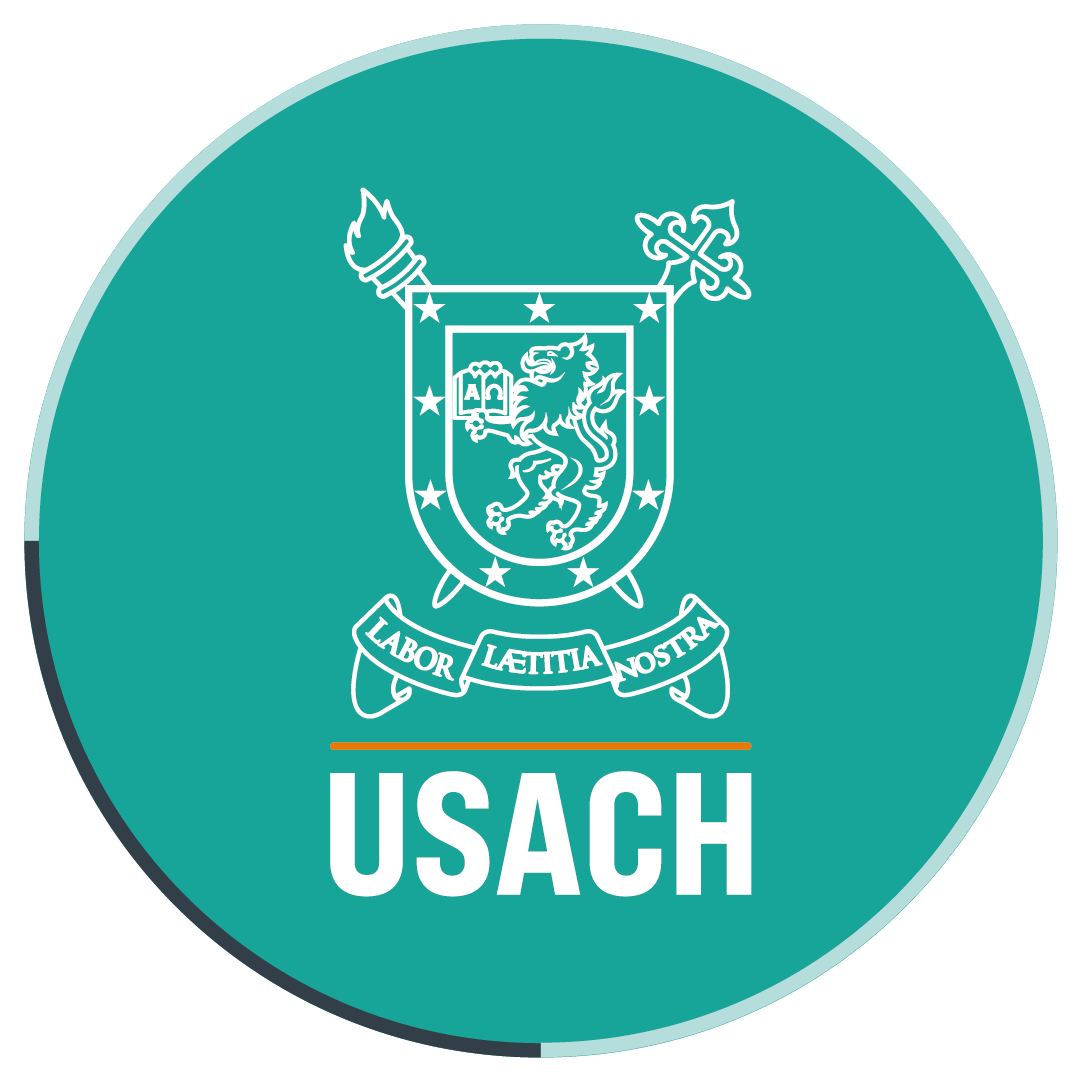Researcher at Universidad de Santiago presented innovative technology at the Expo Milano 2015
- Dr Laura Almendares Calderón, professor at the Technological Faculty of Universidad de Santiago, presented her study “Development of a technology to replace prickly pear skin with a peel to keep the physiological, microbiological and organoleptic properties of the fresh fruit” at the Expo Milano 2015 (Italy). Dr Almendares presented the innovation in an activity devoted to the best sustainable development practices for food security.
Dr Laura Almendares Calderón, professor at the Technological Faculty of our University, carried out a technical visit to the Expo Milano 2015 (Italy) in order to get an insight of the food situation around the world. She was able to see a wide variety of raw materials, manufactured goods, equipment and supplies exhibited by more than one hundred countries. The activity had the presence of leaders from all over the world, like President Michelle Bachelet, who opened the Chilean Pavillion.
In this context, Dr Almendares, director of the FIA-USACH Project, PYT-2012-0033, “Development of a technology to replace prickly pear skin with a peel to keep the physiological, microbiological and organoleptic properties of the fresh fruit”, presented her work at the BSDP Week.
The activity started with an exhibition of photos, porters, brochures and other information material related to this matter. The academic was able to show the results of this Chilean innovative project to people from different countries, at the Urban Center, Galleria Vittorio Emanuele, in downtown Milano, between June 10th and 13th.
Chile participated in the competition “Feeding Knowledge”, a program created to contribute to the permanent legacy of the Expo Milano 2015.
With that purpose in mind, a document will be generated containing policies and key recommendations to create an effective knowledge system in the food security field in the Mediterranean Region. The final version of this document will be available in September this year.
Selection of proposals
The proposals submitted by eligible candidates underwent a strict admission control by the International Selection Committee, which is responsible for the final evaluation, using nine pre-established criteria.
The proposals that did not meet one or more of the admission criteria were not considered as “Good Practices in Food Safety.”
The ones that were well evaluated officially became “participating initiatives”, like the work presented by Dr Almendares.
Her work was included in the priority theme “Food consumption habits: diet, environment, society, economy and health.”
This theme groups all projects which objectives are focused on research activities that evaluate the impact of current diets on the environment, economy, society, culture, health and nutritional sustainability.
This was the only Chilean study presented at the activity and it was registered as ‘9712. Development of methodology to replace prickly pear skin for enriched eatable peel. Chile. 25’.
Translated by Marcela Contreras

